Dear Steemians
As I described in my last posts ->Verdun 1 and ->Verdun 2, I had visited last weekend the battlefields and memorials of the terrible Battle of Verdun in 1916.
I had described the somewhat "more peaceful" underground citadel in the middle of the city (Citadelle sousterraine) and the ossuary of Douaumont (Ossuaire de Douaumont) in my first post and the Fort Douaumont in the second. I brought some historical facts and tried to explain what happened at Verdun in 1916 and why. Further I tried to explain the reasons leading to that tragical and devastating war, WW1 was.
Today I'd like to take you to the famous "villages detruits" (destroyed villages), which are beside all the other human tragedies, one so typical for this war. In the Meuse department (département de la Meuse) nine villages were destroyed, six of them were never rebuilt. All these villages, like the fallen soldiers, were awarded the distinction "Mort pour la France" (died for France).
I visited the lost villages of Douaumont and Fleury-devant-Douaumont:
Liebe Steemians
Wie ich in meinen letzten Beiträgen beschrieben habe [->Verdun 1](https://steemit.com/travel/@pipurilla/verdun-1916-the-bone-mill-of-world-war-1-verdun-1916-die- knochenmuehle-des-ersten-weltkriegs) und [->Verdun 2](https://steemit.com/travel/@pipurilla/verdun-the-bone-mill-of-the-first-world-war-verdun-die- knochenmuehle-des-ersten-weltkriegs), besuchte ich am vergangenen Wochenende die Schlachtfelder und Denkmäler der schrecklichen Schlacht von Verdun im Jahr 1916 . Ich beschrieb die etwas "friedlichere" unterirdische Zitadelle mitten in der Stadt (Citadelle sousterraine) und das Beinhaus von Douaumont (Ossuaire) in meinem ersten Post und das Fort Douaumont in dem zweiten. Ich brachte einige historische Fakten und versuchte zu erklären, was 1916 in Verdun passiert ist und warum. Weiter versuchte ich, die Gründe für diesen tragischen und verheerenden 1. Weltkrieg, zu erklären.
Heute möchte ich Euch zu den berühmten "villages détruits" (zerstörte Dörfer) mitnehmen, die neben all den anderen menschlichen Tragödien so typisch für diesen Krieg und für Verdun sind. Im Departement Maas (Département de la Meuse) wurden neun Dörfer völlig zerstört, sechs von ihnen wurden nie wieder aufgebaut. Alle diese Dörfer wurden, genau wie die gefallenen Soldaten, mit dem Attribut: "Mort pour la France" (Für Frankreich gestorben) ausgezeichnet. Ich besuchte zwei davon: Douaumont und Fleury-devant-Douaumont: Only a small chapel today still reminds in the "fallen" villages of the place where the church once stood. This is Fleury-devant-Douaumont. Where until 1916 lived a small, lively village community, today only memorial stones recall the individual houses and buildings. Old postcards show the village as it was before the war: And this is what it looked like during and after the battle of Verdun. In the following pictures, it can clearly be seen how the ground had been plastered again and again by the ongoing artillery bombardment. There are a few poor remains, quiet witnesses to the tragedy that happened here. My daughter found these two shrapnels among these debris. The forests around the former battlefields are, for the most part, still a military restricted area today, and entering is forbidden, not least as respect for the many man killed in action and whose bodies were never found and are still resting in this earth. This "Poilu" (as the French soldiers were called in the first world war), carved out of a tree grown there, now guards the lost village. With this, dear friends, I'll say goodbye for today, and I'll be happy to present you in the coming days the heavily embattled Fort de Vaux. Damit, liebe Freunde, verabschiede ich mich für heute und freue mich schon, Euch in den nächsten Tagen das heftigst umkämpfte Fort de Vaux vorzustellen. I hope you liked my todays post about the battle of Verdun and wish you a great weekend. Take care of yourselves, Yours, Patrick Wanna see my other Verdun posts? Here they are: Ich hoffe mein heutiger Post über die Schlacht von Verdun hat Euch gefallen und wünsche Euch noch ein schönes Wochenende. Passt auf Euch auf, Eurer Patrick Wollt ihr meine ersten beiden Verdun Posts sehen? Hier sind sie: !steemitworldmap 49.159878 lat 5.384423 long VERDUN, visiting the 1916 bone mill D3SCR
Lediglich eine kleine Kapelle erinnert heute in den "gefallenen" Dörfern noch an den Platz an welchem einst die Kirche stand.
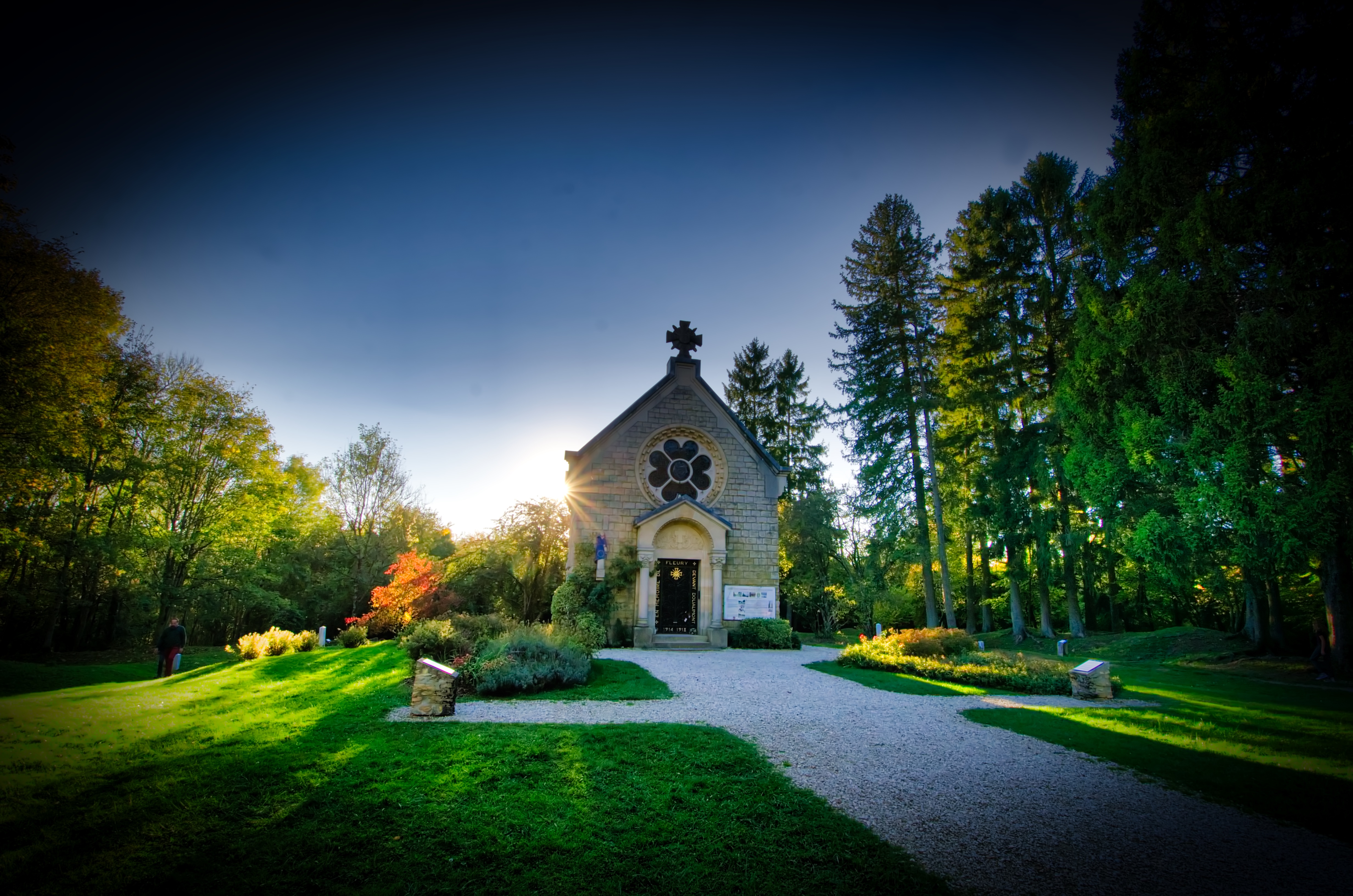
Wo bis zum Jahr 1916 eine kleine lebendige Dorfgemeinschaft lebte, erinnern heute lediglich Gedenksteine an die einzelnen Häuser und Gebäude.
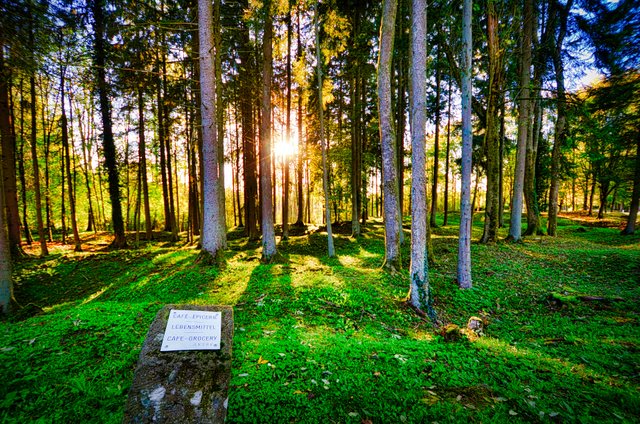
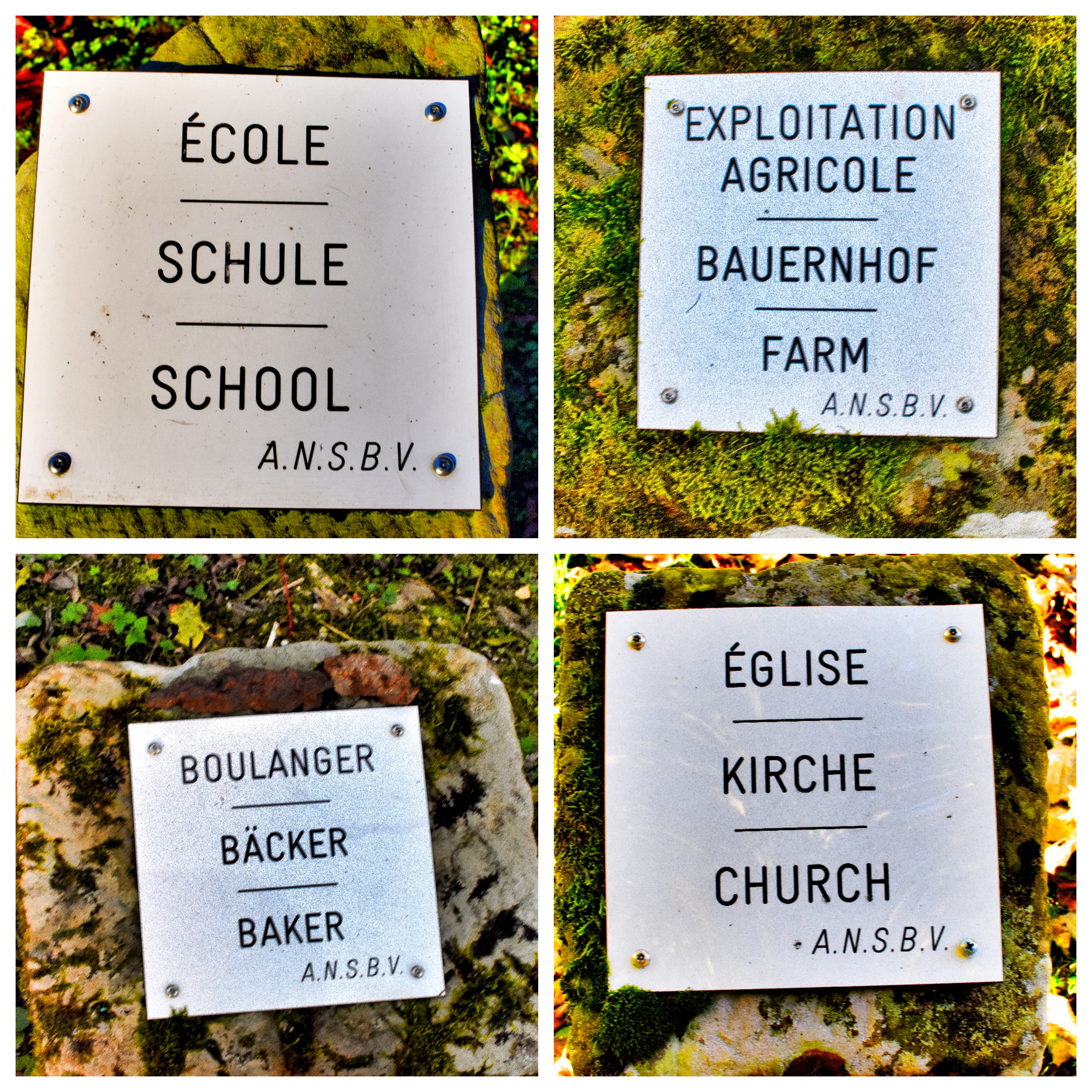
Alte Postkarten zeigen das Dorf, wie es vor dem Krieg ausgesehen hat:
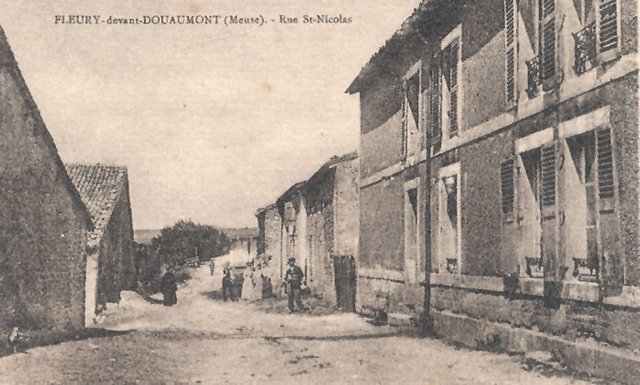
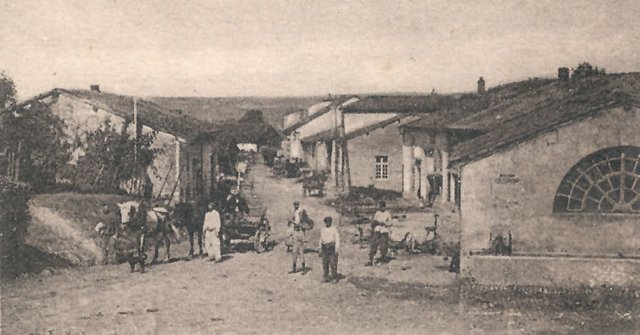
Und so sah es hier während und nach der Schlacht von Verdun aus.
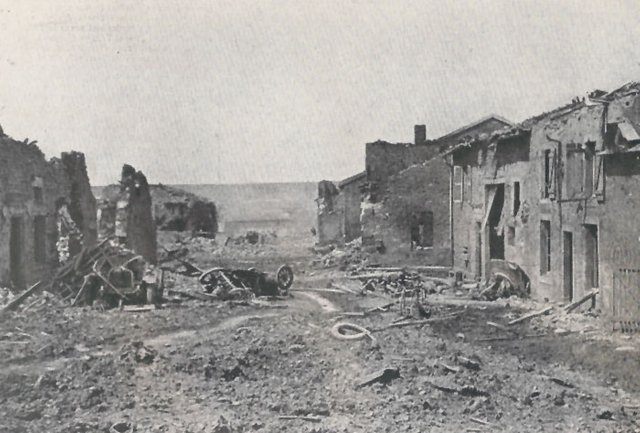
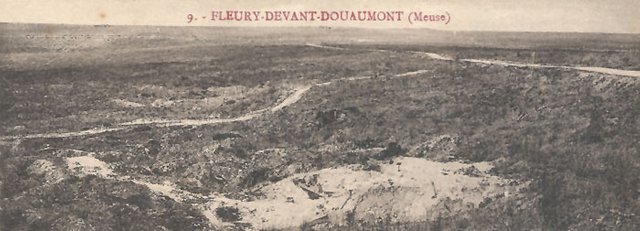
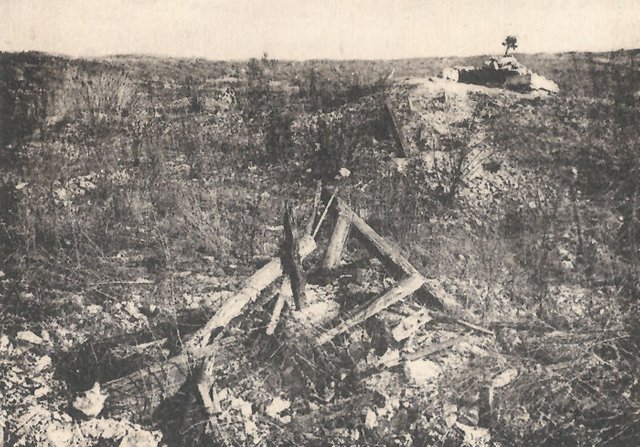
These photos have not been taken by me (I'm not that old), but I found them in the www:
Diese Bilder wurden nicht von mir gemacht (so alt bin noch nicht), sondern die habe ich im www gefunden:
Source
Auf den folgenden Bildern ist wieder deutlich zu erkennen, wie der Boden durch den andauernden Artillerie-Beschuss wieder und wieder umgepflügt worden war.
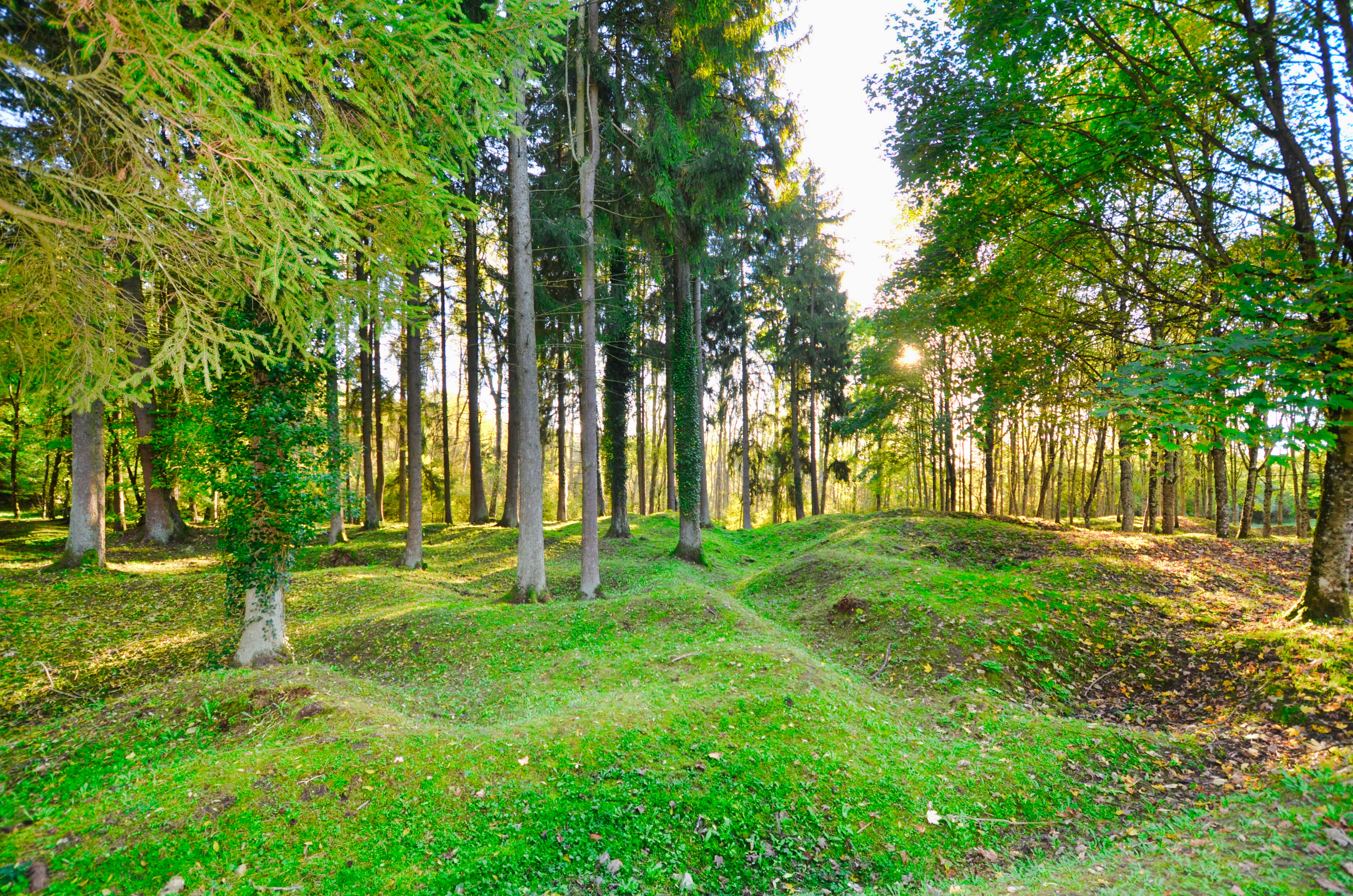
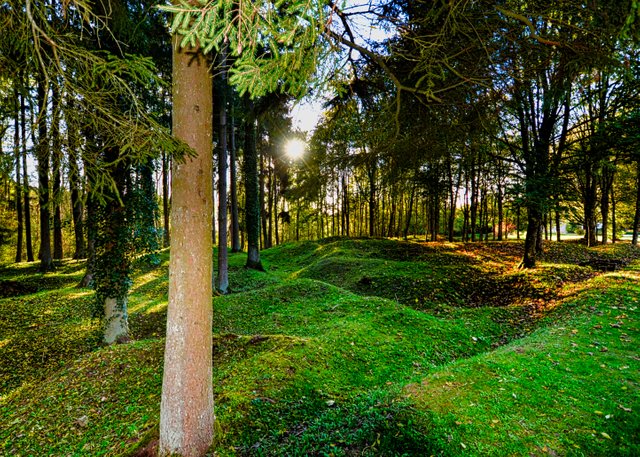
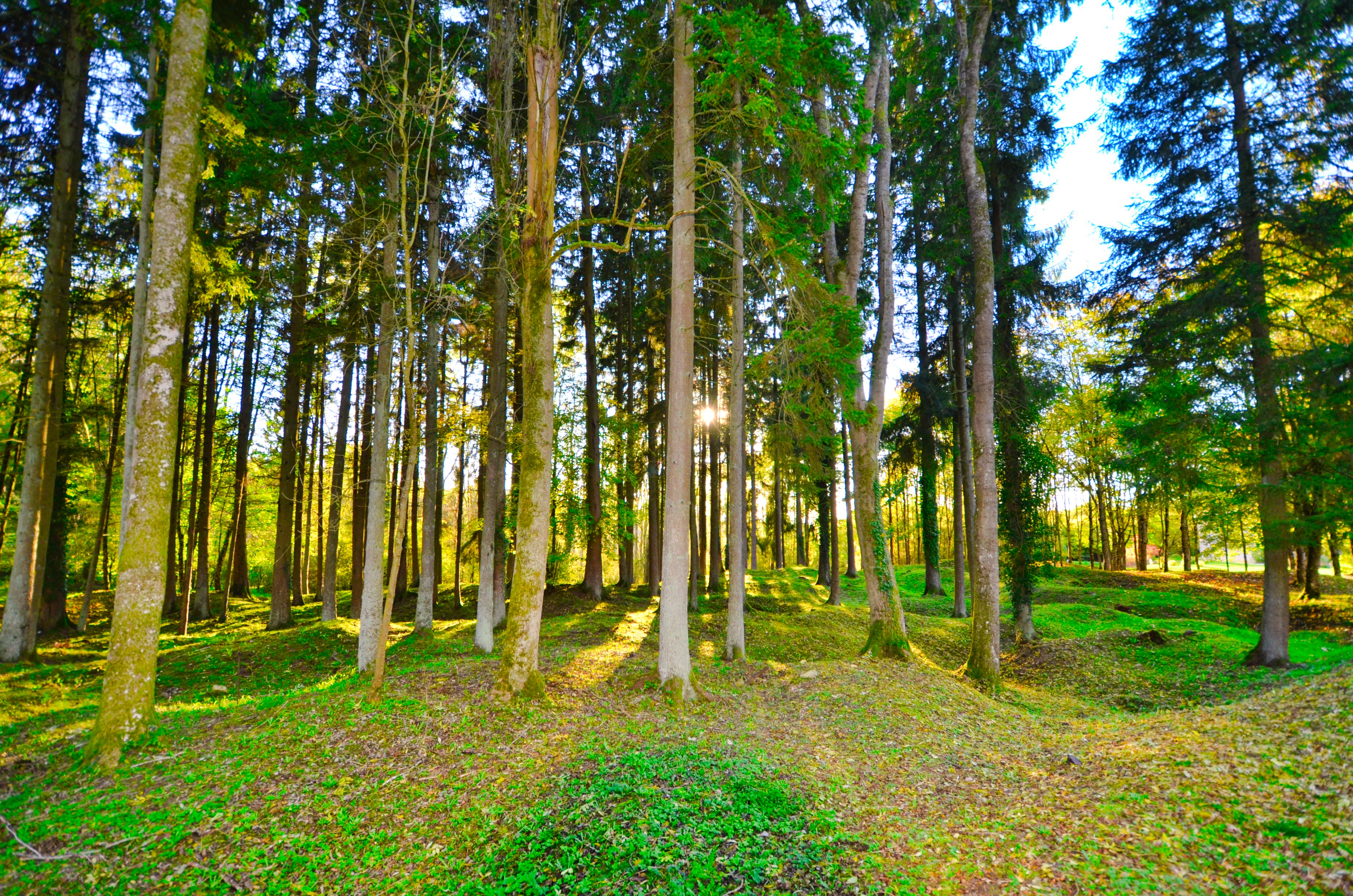
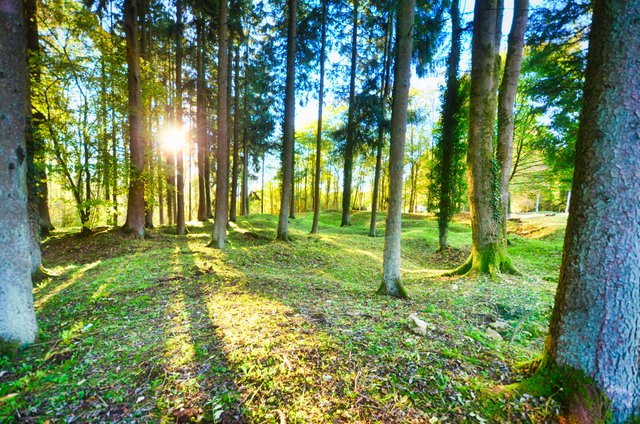
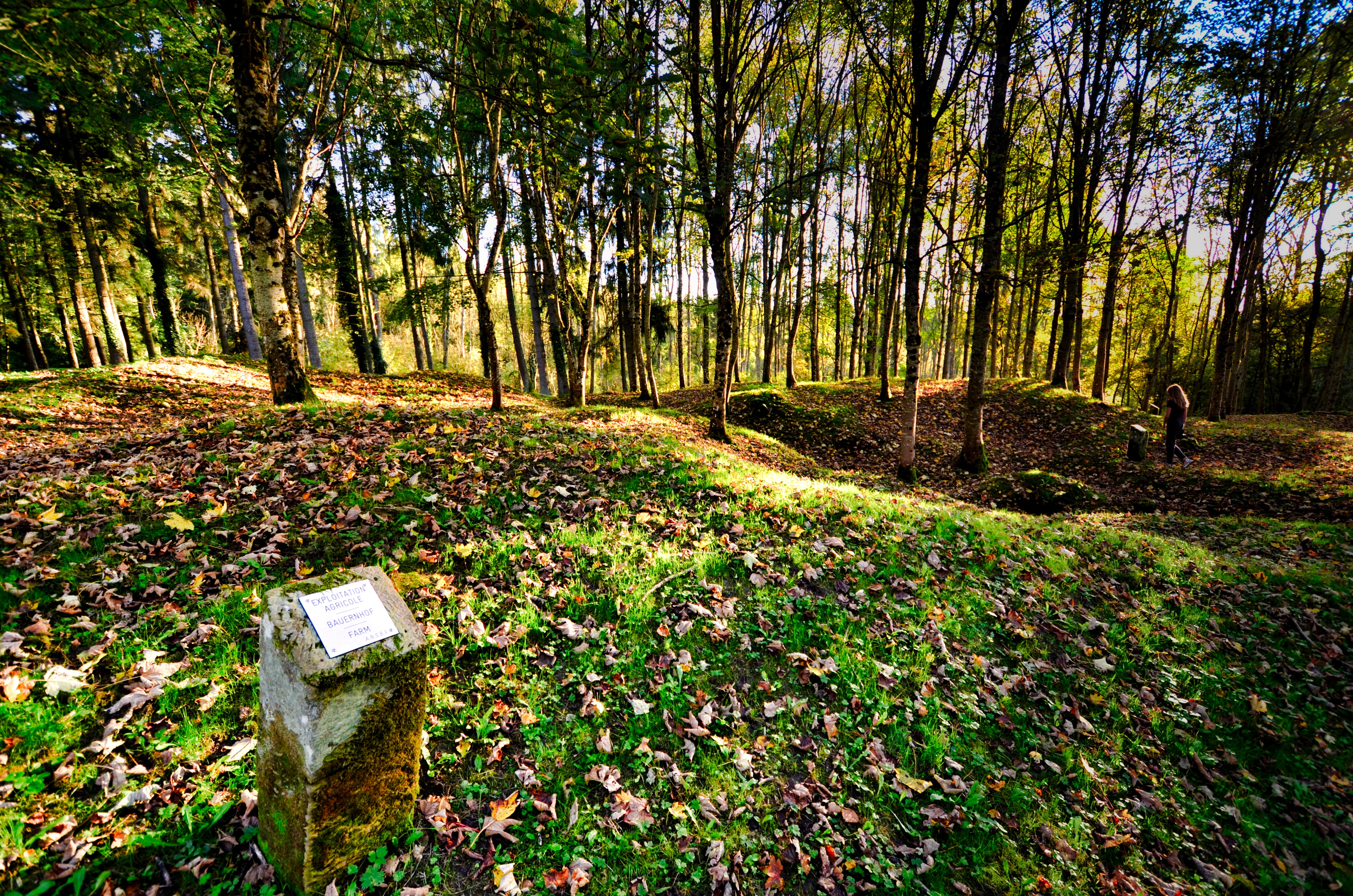
Vereinzelt sieht mach spärlich ein paar Trümmer umherliegen, stumme Zeugen der Tragödie, welche hier passierte.
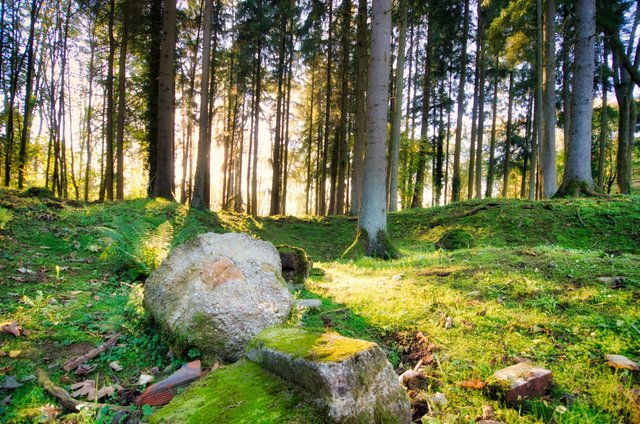
Zwei Schrapnelle hat meine Tochter bei diesen Trümmern sogar noch gefunden. Die Wälder um die ehemaligen Schlachtfelder herum sind übrigens heute grösstenteils noch militärisches Sperrgebiet und das Betreten ist verboten, dies nicht zuletzt auch aus Respekt vor den vielen, noch immer in dieser Erde ruhenden, Gefallenen.
Dieser "Poilu" (so wurden die französischen Soldaten im ersten Weltkrieg genannt), geschnitzt aus einem dort gewachsenen Baum, bewacht heute das verschwundene Dorf.
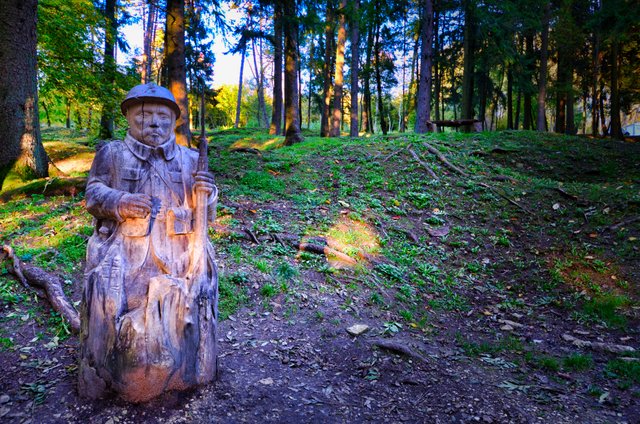
-> Verdun 1 - Ossuaire
-> Verdun 2 - Fort Douaumont
-> Verdun 1 - Ossuaire
-> Verdun 2 - Fort Douaumont
Du willst mehr von mir sehen? Click:

Hello @originalworks ! Wanna have a look at my post?
Downvoting a post can decrease pending rewards and make it less visible. Common reasons:
Submit
The @OriginalWorks bot has determined this post by @pipurilla to be original material and upvoted it!
To call @OriginalWorks, simply reply to any post with @originalworks or !originalworks in your message!
There is a sponsored @OriginalWorks contest currently running with a 125 SBD prize pool!
For more information, Click Here!
Special thanks to @reggaemuffin for being a supporter! Vote him as a witness to help make Steemit a better place!
Downvoting a post can decrease pending rewards and make it less visible. Common reasons:
Submit
You did a great job respectfully explaining and documenting with your terrific photography the history behind the devastation and tragedies that occurred during the war in the two French cities @pipurilla
Downvoting a post can decrease pending rewards and make it less visible. Common reasons:
Submit
Thank you so very much for your kind words, Nina! :)
I wish a wonderful Sunday to you and your loved ones!
Downvoting a post can decrease pending rewards and make it less visible. Common reasons:
Submit
You're welcome! And thank you for the well wishes. Have a blessed Sunday @pipurilla💚
Downvoting a post can decrease pending rewards and make it less visible. Common reasons:
Submit
it's very sad. but for what reason these villages were not restored?
Downvoting a post can decrease pending rewards and make it less visible. Common reasons:
Submit
This war was fought with all sorts of toxic gas and unimaginable amounts of artillery fire. So, after the war, the grounds were so toxic an full of blind shell that it was to dangerous and thus impossible to rebuild these villages.
We met an very old man sweeping the parking in front of the chapel in Douaumont.
He told us, his parents once lived in Douaumont. After the war they were resettled to Verdun. It was not an easy time, for his father, a farmer, had a lung injury from the war, which did not allow him to do his duty properly. He than had pneumonia every year and died in 1940. It's all so sad and this is one story in a thousand.
What impressed me, was, that his son, the very old man we met, still was sweeping voluntary the parking lot. He still has strong bounds with this place where he was born.
Downvoting a post can decrease pending rewards and make it less visible. Common reasons:
Submit
The memory of that battle remained only on the stones. How many people died there in this meat grinder is not known to anyone.
Thank you. Good blog and great photos.
Downvoting a post can decrease pending rewards and make it less visible. Common reasons:
Submit
Thank you so very much!
That's right, till nowadays they still only can give an approximate number of the total losses. And even now, more than hundred year later, standing there, you still feel the tragedy that happened there.
Downvoting a post can decrease pending rewards and make it less visible. Common reasons:
Submit
Amazing photos my dear Patrick! Past is past, thanks god! Wish you a beautiful Sunday
Downvoting a post can decrease pending rewards and make it less visible. Common reasons:
Submit
Thank you so much, Maya! Yes, your right, we can be happy that we live in better times. Let's hope that our leaders find the right paths for us for the future.
Have a very nice Sunday, my friend! :)
Downvoting a post can decrease pending rewards and make it less visible. Common reasons:
Submit
Sacred ground. I am glad it has been treated respectfully. You told the story well.
Downvoting a post can decrease pending rewards and make it less visible. Common reasons:
Submit
Yes indeed, it is one last thing they can do for the young people that lost their lives there.
Downvoting a post can decrease pending rewards and make it less visible. Common reasons:
Submit